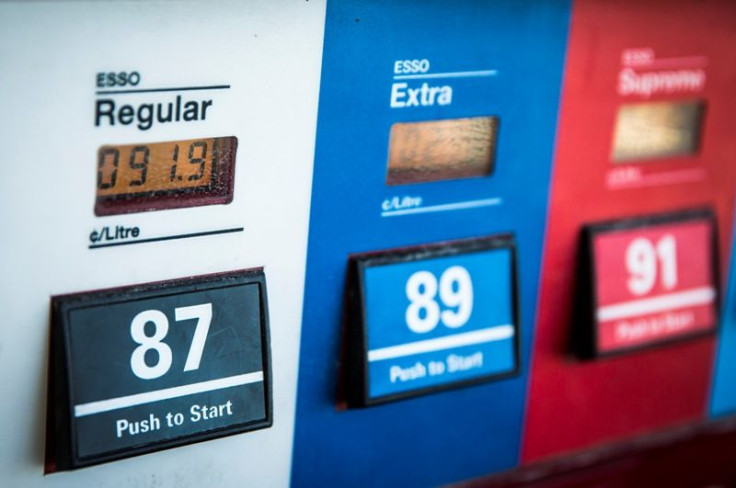Drop in oil prices could take billions from Ontario

The historic low in the Western Canada's oil price could free provinces with little or no oil wealth from the “have-not” status, says a professor from Alberta University. The change has been predicted as oil revenue massively dropped for Alberta and other oil-producing provinces.
In what could be Central Canada’s major shift to “have” from “have-not” oil status, this would have heavy financial impact on the region. According to observers, such a shift would result in a greater share of the equalization program.
"Ontario may find itself a have province," said Melville McMillan, an economics professor at the University of Alberta who has published research on the Canadian equalisation program."Ontario may shift [to have status] because of what's happening in Alberta, Saskatchewan and Newfoundland.”
He believes that the current decline in the oil prices that takes down natural resource revenues, corporate taxes and personal income taxes has the possibility to make the shift real soon.
In a bid to render reasonably comparable services keeping the levels of taxation low, equalization program that could result benefit of the poor provinces was devised. However, the program is marred with controversies as the funds gathered are only distributed among certain provinces while every Canadian is required to pay into the program.
The revenue that is generated by each of the provinces from personal income tax, corporate tax, sales tax, property tax is looked after by the equalization program. It also looks after 50 percent of resource revenues.
Ontario is near the divide separating wealthy provinces and those less-prosperous.
For 2015, Ontario residents are expected to pay C$6.7 billion (AU$7.09 billion) to equalization and receive about C$2.4 billion(AU$ 2.54 billion) in return. However, if the shift of the status takes place, then it might not get any amount in return.
In the last 50 years, Alberta is the only province not to receive any money from the program.
Although the program would benefit the have-not provinces, it could frustrate the already unhappy Ontario to a huge extent. "The existing amount that is allocated for equalisation would be distributed across a smaller number of provinces. They could actually get more," McMillan said .
He said that the unequal allocation was criticised by scholars like him. If Ontario gets the status, then its C$2.4 billion (AU$ 2.54 billion) share would be added to the C$17 billion (AU$17.98 billion) fund, which gets distributed among the poorer provinces in Canada.
Meanwhile, Ontario, along with other provinces, has pushed for restructuring the equalization program. Saskatchewan Premier Brad Wall called for such a change. "One change we'd like to make, to modernise it, is to include hydro in the calculation," he said.
It is to be noted that McMillan made these conclusions based on the change in oil prices. However, he also took economic performances into account.
Contact the writer at feedback@ibtimes.com.au, or let us know what you think below.





















